|
Human/Animal Bond is a mutually beneficial and dynamic relationship between people and other animals that is influenced by behaviours that are essential to the health and well-being of both. Did you know?58% of Canadian households report they own at least one dog or cat The Canadian dog population is at 7.7 million The Canadian cat population is at 8.3 million 95% of Canadians consider their pets family Pet owners over the age of 65 make 30% fewer visits to their doctors than those without pets There are many health benefits of owning a pet. They can increase the opportunity to exercise, get outside, and socialize. Regular walking and playing with your pets can decrease stress, anxiety, blood pressure, cholesterol levels and triglyceride levels which improves cardiovascular health. Pets can help manage loneliness and depression by giving us companionship. People with pets are more calm and relaxed. The benefits of pets for older adults is that they can find meaning and joy in their life, they maintain a social network, and it can also boost their vitality. Pets can also help adults with Alzheimer’s disease or dementia by decreasing stress, a source of positive nonverbal communication that leads to decreased aggressive behaviour. There are also benefits of pets for children. Children who grow up with pets have less risk of allergies and asthma. They learn responsibility, compassion, and empathy. Pets can also ease separation anxiety for the child when the parents aren’t around. Kids who are emotionally attached to their pets are better able to build relationships with other people. Having a pet can also stimulate a child’s imagination and curiosity. Animals are becoming apart of our lives more than they ever have been and it is really good to know that humans and animals are both benefitting from the interactions of Human/Animal bonding.
1 Comment
I recently got a new kitten, her name is Velvet. She is so cute with her giant eyes! Before I got Velvet, I had to plan what all she needs and how much it will cost so that I could be prepared. I also thought about medical expenses like vaccines, dewormer, and spaying. Puppies and kittens should be dewormed each month when they get their first round of vaccines and at least twice annually after that. Deworm your pets more often if they are outside, mousing, or have not been dewormed in a while. It is not uncommon for kittens and puppies to have worms passed from their mom. Velvet is a long haired cat so I knew I needed to get some brushes to discourage matting and I will probably want to give her some preventative hairball treats. I made sure to get her a large litter box that will be one and a half to two times the size she will be full grown. Right now she eats Purina Essential Care Kitten food which is a food and company I trust, and that is really important to me as a pet owner. Velvet will be fully vaccinated and dewormed because it is my obligation to ensure she stays safe and the necessary preventatives be taken. Velvet is a crazy little kitten. She has learnt that she can climb up the back of the couch. This is something I do not want to encourage. It is important that I keep her nails trimmed and also know how to trim nails. If you don’t know how to trim your pet’s nails let me know, I will help you. It is important to provide enrichment for Velvet so she doesn’t get destructive when I am at work so I got her a cat tree and plenty of toys. I also want to get her a window seat so then she has her own spot in the house. Did you know that animals feel anxiety when they don’t have a designated spot just for them? When Velvet is about 6 months old, she will be spayed and will also be switched to the Purina Dental Health food to help reduce plaque and tartar on her teeth. Let’s be honest this is better than trying to brush your cat’s teeth! 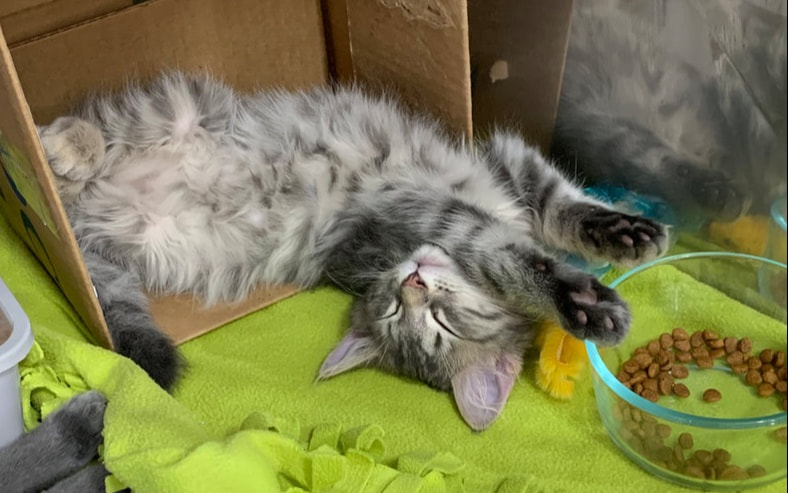 There is a lot to think about when getting a new puppy or kitten. It is easy to get wrapped up in the cuteness of a new baby but it is important to remember the great responsibility that you are taking on being a pet parent. A good way to save on some costs is to look on Buy and Sell sites for gently used or free items. It is always good to potentially reuse items that other people don't need anymore but you cannot rely on others to give you everything you will need and there are other expenses like vaccines, deworming, and neutering/spaying to be planned for as well. A kitten or puppy won't cost you as much as a baby but they are still pretty expensive cuties. 1. Puppies and kittens need to be dewormed more often than adult animals. We recommend once a month for three consecutive months at the same time as their vaccine series. 2. Just because you can’t see them doesn’t mean they aren’t there. Fecal flotations can be done to check for eggs. 3. Some factors that increase exposure are being outdoors, in contact with other cats or dogs, and travelling. 4. Children, the elderly, pregnant woman, cancer patients, diabetics, and anyone else with a suppressed immune system are at greater risk of contracting worms from their pets. 5. Some species can survive in temperatures below -30°C. Intestinal roundworms produce 10,000 eggs every day. These eggs have a thick crust which protects them from the elements. 6. The more common intestinal parasites in Alberta are ascarids (roundworms), tapeworms, and giardia, intestinal protozoa which causes “beaver fever” in humans. 25-75% of cats have roundworms and higher percentage in kittens. Roundworms and tapeworms are infectious to humans as well. When dogs and cats are heavily infested with internal parasites they may vomit them up or can expel them through feces. Diarrhea may be seen as well. Owners usually remember to deworm their dogs, but cats can sometimes get overlooked. If they are indoor cats they still need to be dewormed.
There are easy steps to take to lower the risk of infection of your pets, your family and yourself:
Keeping your pet's nails trimmed is part of their regular care and grooming. Many pets don't like this task but because it is necessary, we have to get it done. If your pet has a hard time with nail trims, give some of these techniques a try. Classical ConditioningPairing a neutral stimulus (nail trimmers) with an unconditioned stimulus (treats) will eventually produce a conditioned stimulus (nail trimmers) causing a conditioned response (happiness and excitement). Stationing BehaviourIs a way for pets to consent and let us know they would like to participate. It is taught using positive reinforcement. The pet can ALWAYS leave. Treats are often tossed off the station (yoga mat) throughout sessions to ensure the pet chooses to come back. Tricks are not taught on the mat because the mat is used so the pet associates it with treats. Eventually they will also associate you getting the nail clippers and preforming the task with a good quality treat. This is a visual guide on where to cut your pet’s nails to help you out. Here is a great video demonstrating how to make trimming nails a positive experience. Here are some nail trimming tips. It may take some time to get your pet conditioned to getting their paws touched and their nails trimmed. Here at the clinic we try our best to use a Fear Free approach and give plenty of treats along the way. We also have started a nail trim reward card, get five nail trims and get the sixth one free! If you have a cat or dog that gets stressed this is a post you will need to read! I wanted to share these products with pet owners because they are like Pepto-Bismol, everybody should have them in their medicine cabinet. In each feline stress pack there will be a 1/2 cup of Platinum Performance Bio-Sponge, 3 packets of Purina FortiFlora SA, and 2 packets of Purina Hydra Care. In each canine stress pack there will be a 1/2 cup of Platinum Performance Bio-Sponge and 3 packets of Purina FortiFlora SA. We have kept these packages very affordable so owners can have them on hand when needed.
It is good to use Bio-Sponge when your cats or dogs or other animals have diarrhea because it can easily cause dehydration. FortiFlora is a good product to use to prevent diarrhea or vomiting which is seen with gastric upset. FortiFlora SA Synbiotic Action is a supplement that contains a powerful prebiotic and probiotic combination to support your pet’s GI health, with probiotics to nourish your pet’s gut and prebiotics (psyllium) to support a healthy microbiome. In college we used this product once a day for the first 3 days upon arrival to the clinic for the SPCA cats and dogs. This product can be used during a time of stress where we may see diarrhea or used preemptively for stressful times. It also can be added to food to increase palatability when your pet may not want to eat a meal. Hydra Care is a nutrient-enriched water that promotes hydration in cats. It contains nutritional osmolytes, which aid in the absorption of water at a cellular level and helps cats get the hydration they need. With an easy-to-feed pouch and an enticing liver flavour, simply pour it in a third bowl and let your cat enjoy! This product also is shown to decrease your cats urine specific gravity which would be high if the urine is concentrated. Concentrated urine can lead to urinary crystals and stone formation. Sometimes when cats are very scared and have been moved to a new household they may not want to eat or drink. Hydra Care has been well liked by the shelter cats that we house. These products are great to have on hand because you never know when your pet is going to have stress diarrhea or other gastric upset symptoms.
A raw food diet usually includes raw muscle meat, organ meat, and ground bones. It also can contain vegetables, fruits, and some dairy. The most common proteins in cat raw food are chicken, egg, and fish. Although raw diets may seem to resemble a wild diet it may not be suitable for our domestic cats and dogs who often have a much longer life expectancy than their "wild ancestors". Myths about Raw Diets 1. Many people believe raw chicken, fish and eggs have more protein and higher nutrient content and that the cooking process reduces those nutrients, but this isn’t true 2. Better digestibility is another perceived benefit of raw diets. This has not been proven by any scientific studies, in fact, some cooking processes may even make certain foods more digestible and nutrients more available than they were raw. 3. Claim health benefits such as improved digestion, firmer stool, healthier skin and coats, and nutrition more akin to the “wild diet,” very few of these claims are supported by published research. When choosing a diet, it’s essential to look for formulas that are complete and balanced. Although commercially prepared raw food diets may be complete and balanced, the raw food prepared at home probably won’t be. If you are considering feeding raw food, we want to make sure your pet is getting all the nutrients they need through both their food and supplements. If not, cats are at a higher risk of developing nutrient deficiencies, like thiamine, which can affect nerve, brain and metabolism function. Nutrient deficiencies in both cats and dogs can also affect bone health and development. Are Raw Foods Safe? - Any bones not completely ground up could cause intestinal blockages or even lacerations. - Risk of nutrient deficiencies - More likely to be contaminated with harmful bacteria like Salmonella, E. coli and Listeria. These food-borne pathogens can cause a variety of problems, including diarrhea and vomiting. In severe cases, the results can be fatal. These bacteria aren’t just a risk for your pets, they also pose a threat to you and your entire family. Your pets can spread the bacteria from food either by grooming/licking and then interacting with you or through feces. Reduce the spread of bacteria by using gloves when handling the raw food and thoroughly cleaning the prep surfaces. This link goes over what percentage of each type of food makes up a raw diet. https://perfectlyrawsome.com/raw-feeding-knowledgebase/biologically-appropriate-raw-food-barf-adult-dogs/ I personally do not feed my dogs or cats raw food diets because of the risks of nutrient deficiencies and illnesses, but what you feed your pet is ultimately a personal choice. I recommend talking with your Veterinarian and RVT if a raw diet is something you are thinking about implementing or want more information about.
|
Ashlyn, RVTJoin me in learning a few tips about being the best owner that you possibly can be. Archives
September 2022
Categories |
Phone | 780-554-0663 | Fax | 780-348-5540 [email protected]
Enter "Stone Ridge Vet" into Google or Apple Maps
59525 Range Road 235, Westlock County
Enter "Stone Ridge Vet" into Google or Apple Maps
59525 Range Road 235, Westlock County
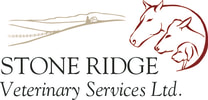
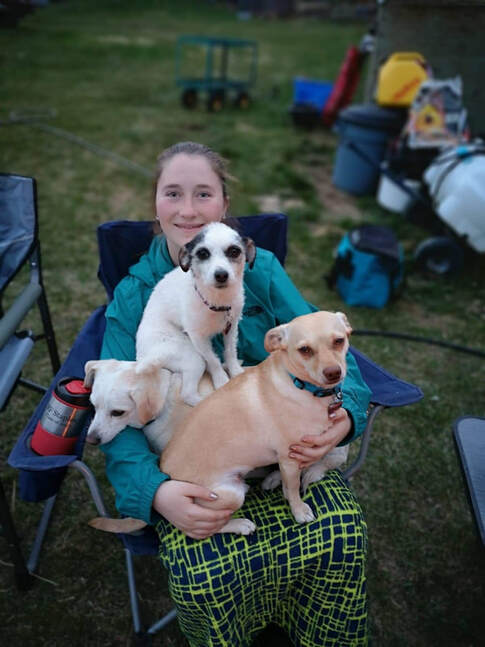
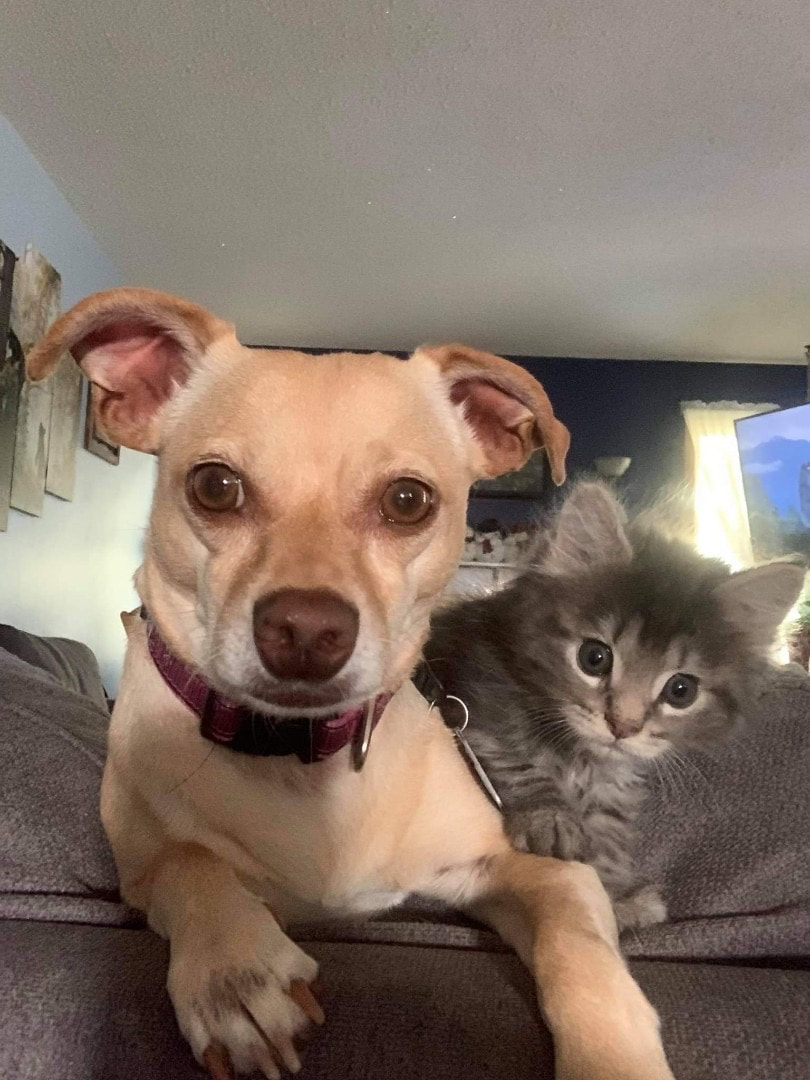
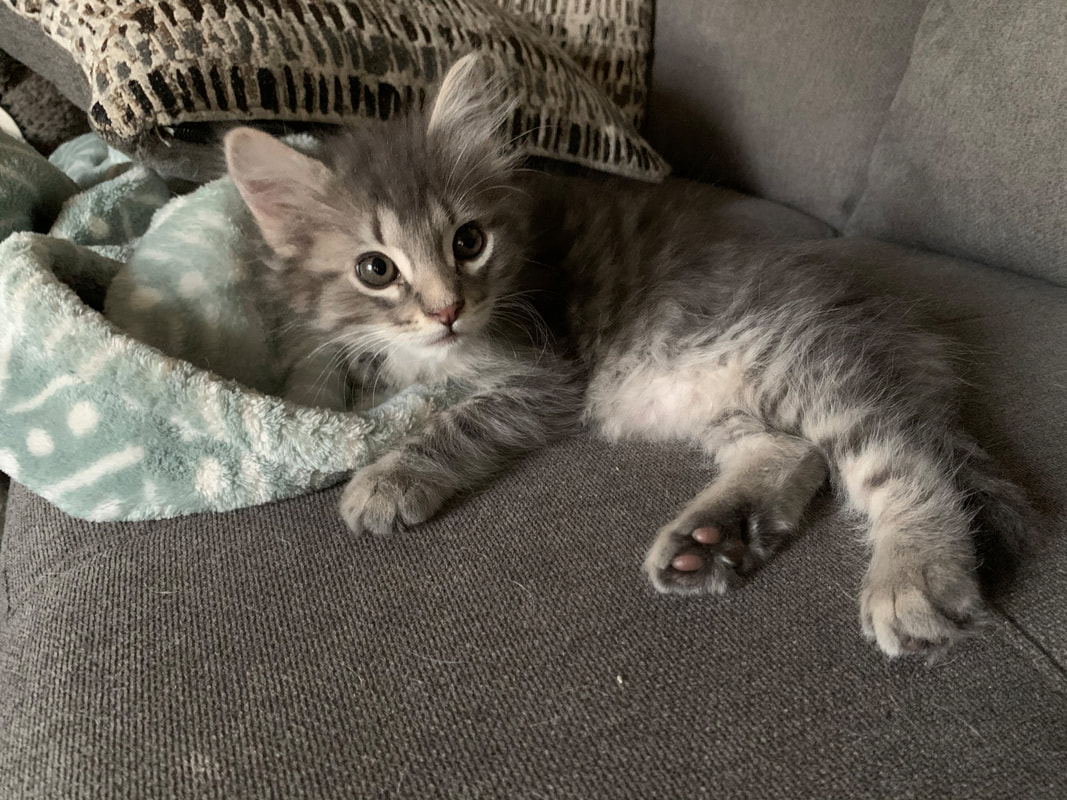
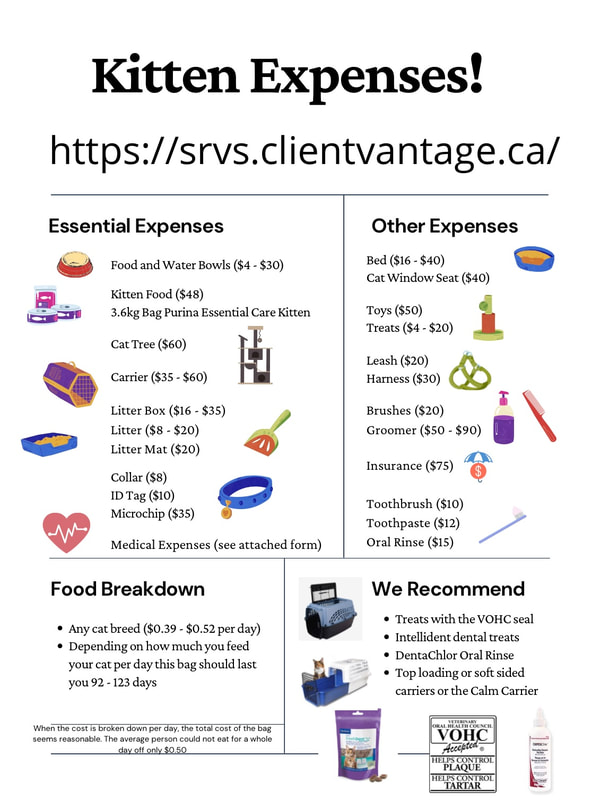
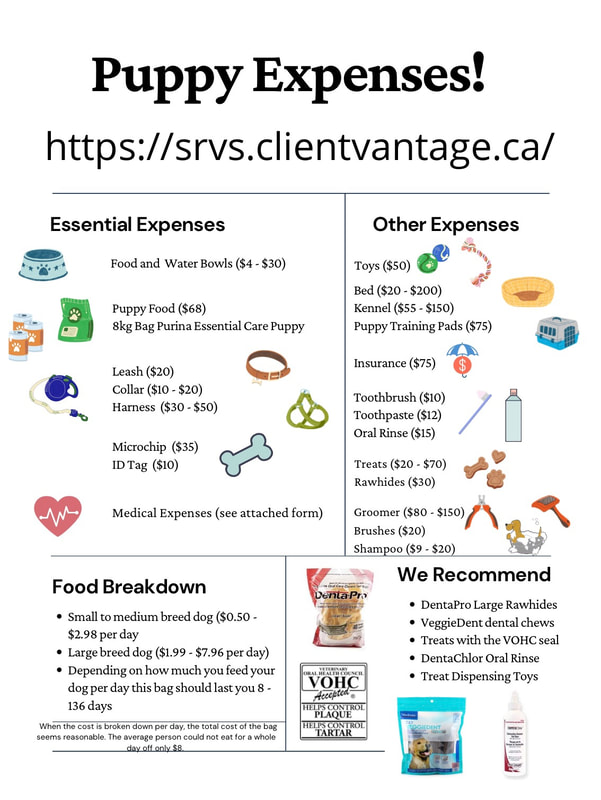
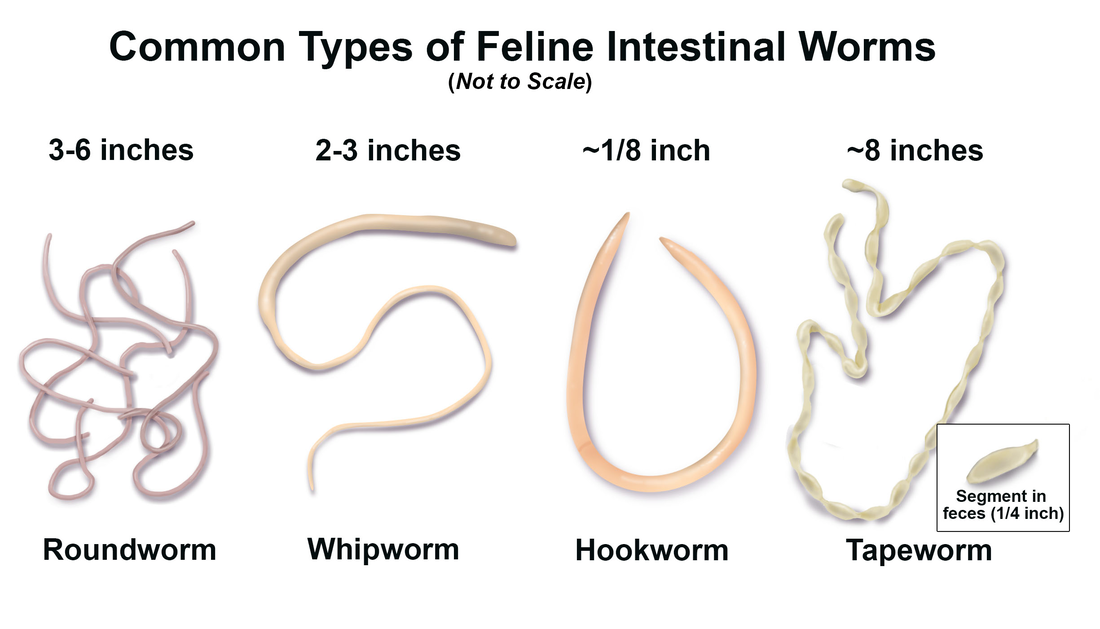
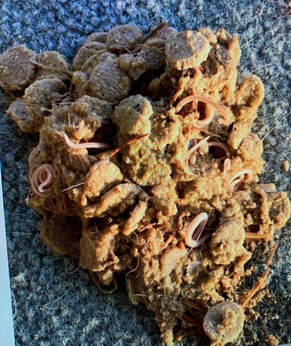
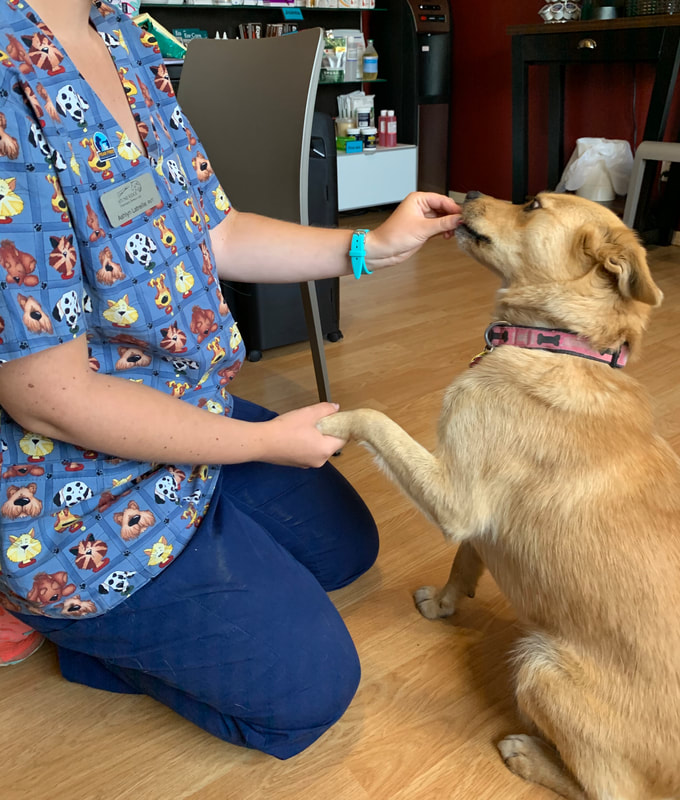
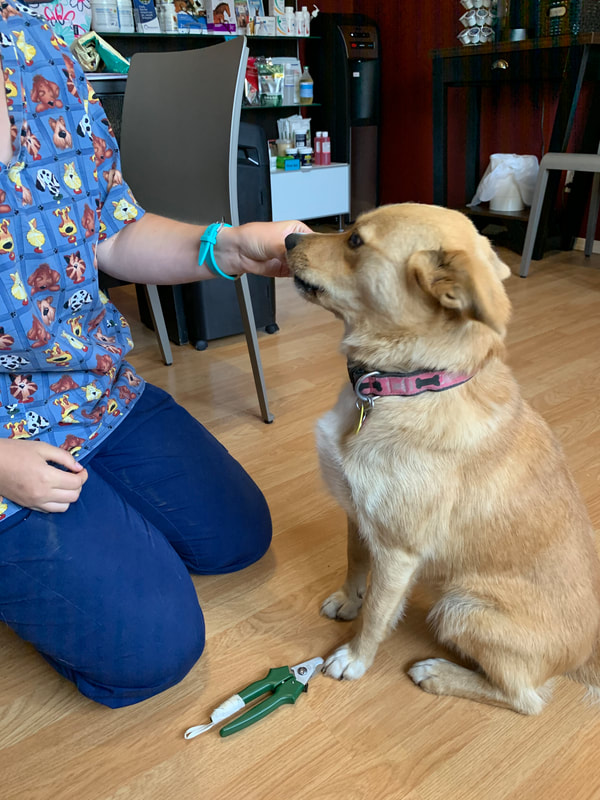
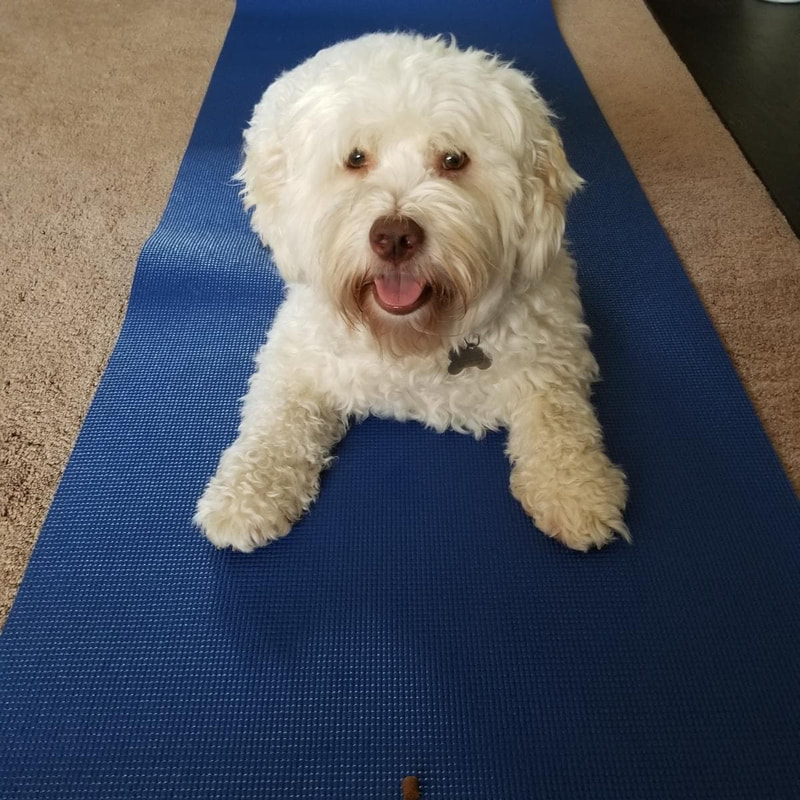
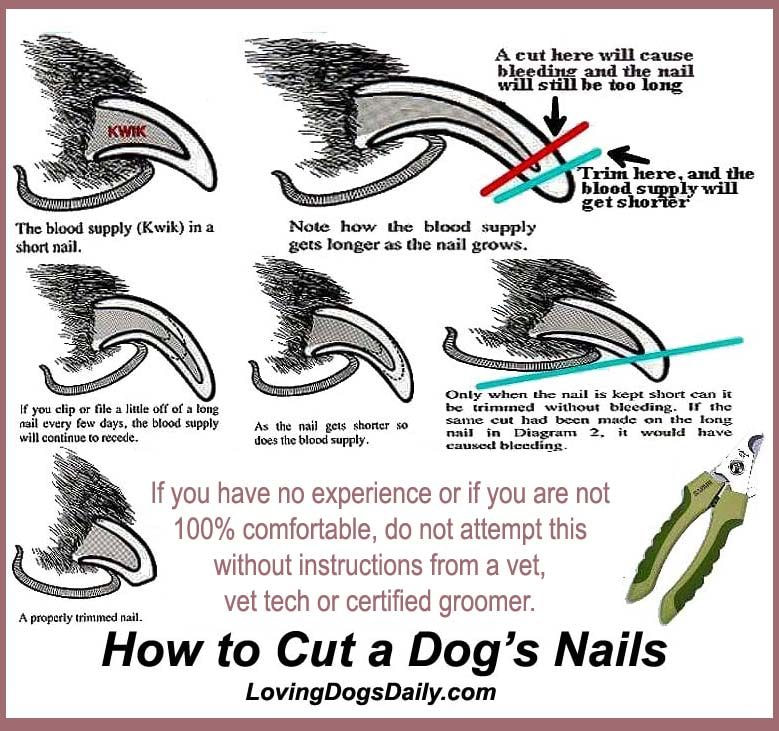
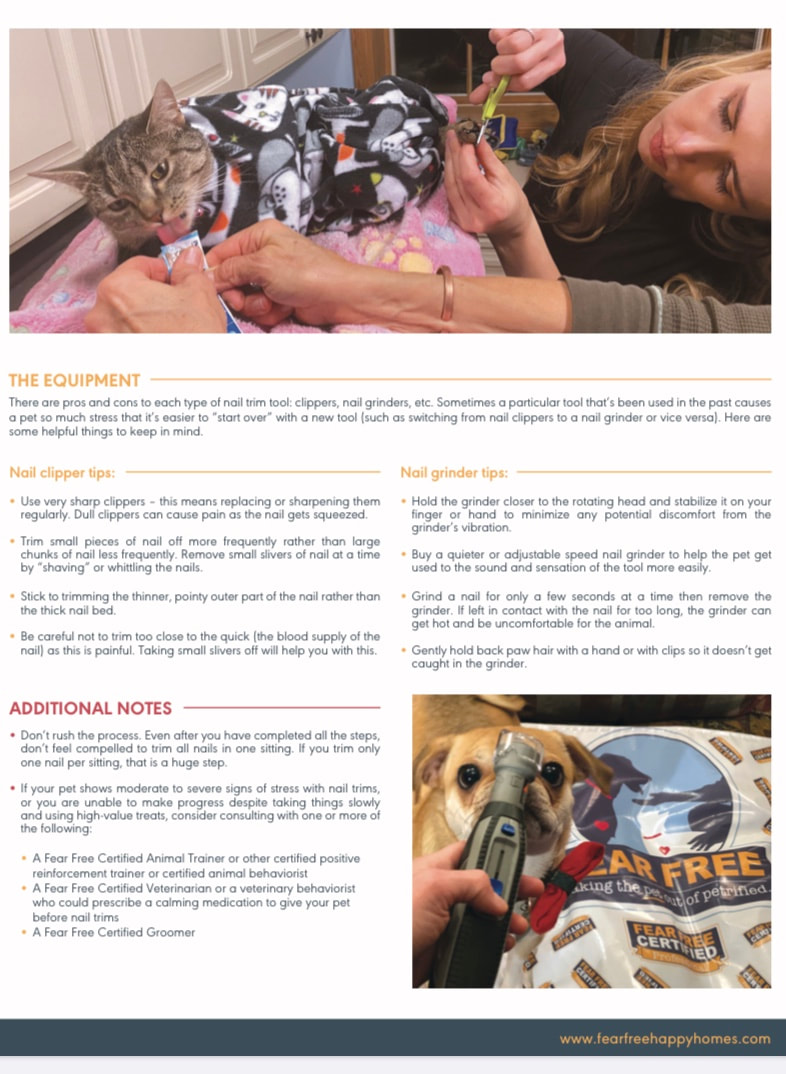
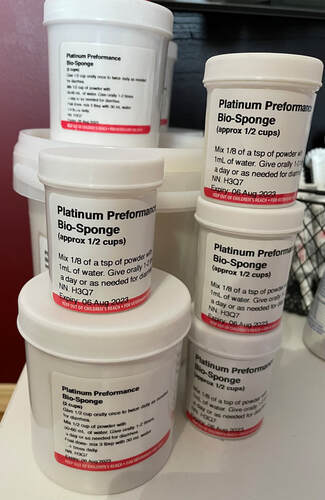
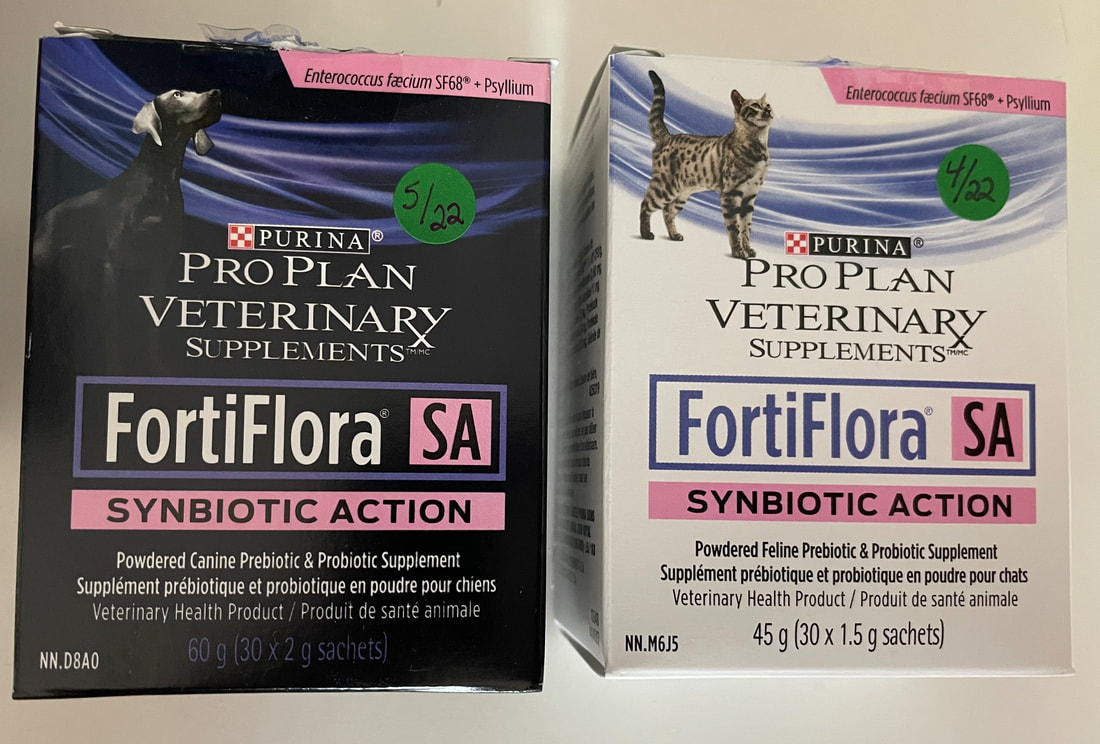
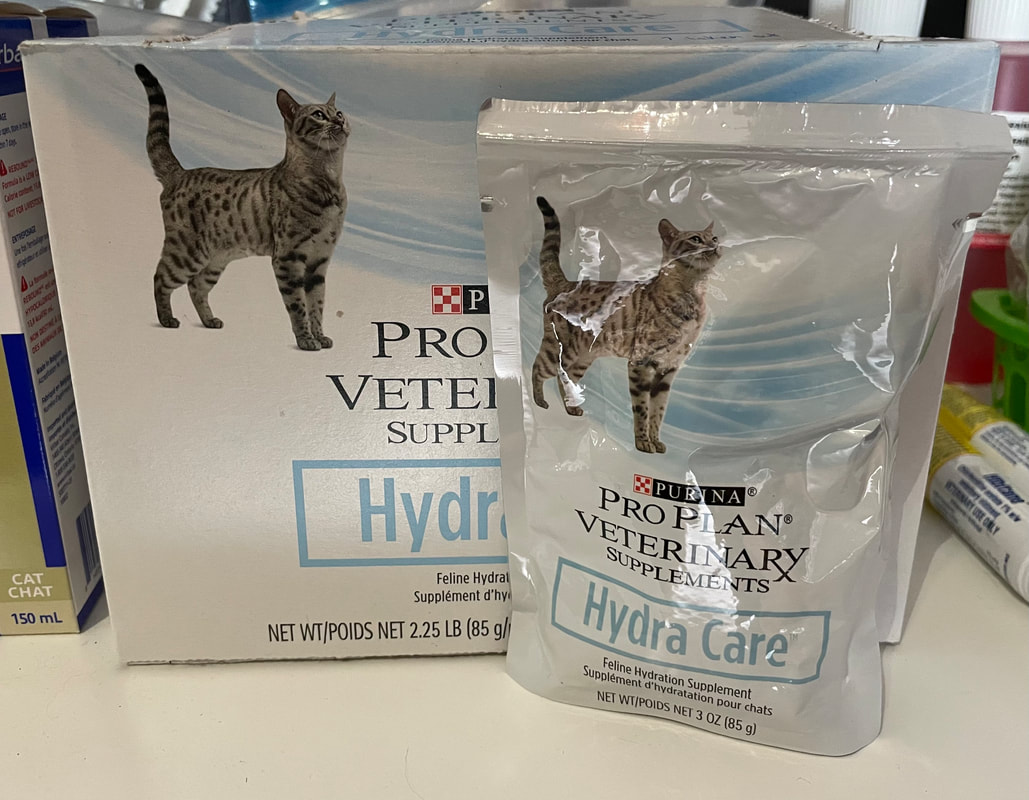
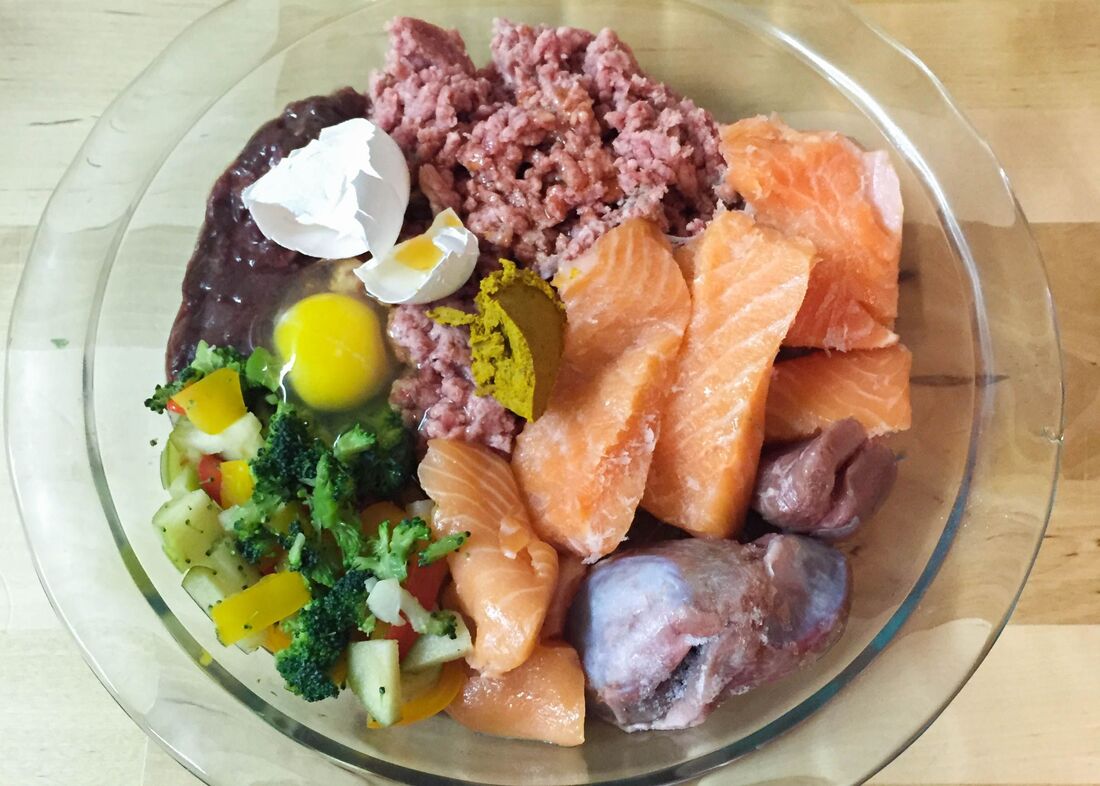

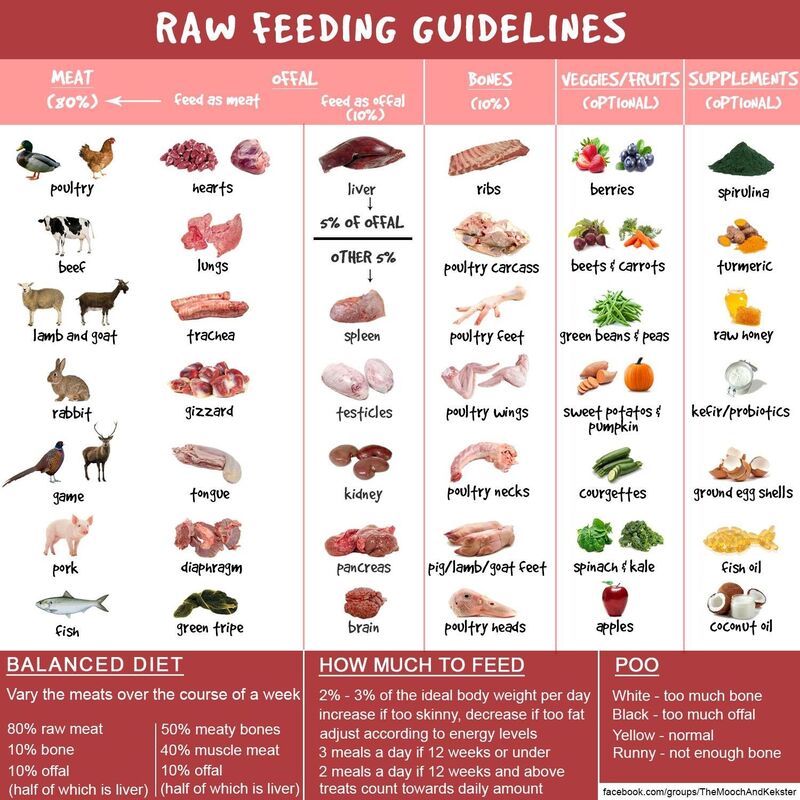
 RSS Feed
RSS Feed